The Linguistic Diversity of Africa: A Continent of a Thousand Tongues
Africa is a continent rich in culture, history, and diversity. One of the most remarkable aspects of this diversity is the continent’s linguistic landscape. With over 1,500 distinct languages spoken across its 54 countries, Africa is home to about a third of the world’s languages. These languages are as varied as the people who speak them, each holding deep significance in the social, political, and cultural realms of African life. This linguistic diversity is a testament to Africa’s long history of human civilization and migration, as well as its complex and multifaceted identity.
In this post, we will explore the depth of Africa’s linguistic diversity, examining the major language families, the role of languages in society, the challenges and opportunities of multilingualism, and the impact of colonization and globalization on African languages.
Overview of African Language Families
The languages of Africa can be broadly grouped into four major language families: Afroasiatic, Nilo-Saharan, Niger-Congo, and Khoisan. Each of these families encompasses a variety of languages, some of which are spoken by millions of people, while others are used by small, isolated communities.
Afroasiatic Language Family
The Afroasiatic language family is one of the oldest in the world, with evidence suggesting that some of its languages were spoken as early as 10,000 BCE. This language family spans much of North Africa, the Horn of Africa, and parts of the Middle East. The family includes languages such as Arabic, Amharic, Somali, and Hausa.
- Arabic, a Semitic language, is the most widely spoken Afroasiatic language in Africa, particularly in North Africa. It is the official language of many countries in the region, including Egypt, Algeria, Morocco, and Sudan. Arabic also holds significant religious importance as the language of Islam’s holy texts.
- Amharic is the official language of Ethiopia and is spoken by millions of people. It belongs to the Ethiopian Semitic branch of the Afroasiatic family, and it plays a crucial role in Ethiopia’s cultural and political identity.
- Hausa, a Chadic language spoken by over 60 million people, is primarily used in Niger, Nigeria, and other West African countries. It serves as a lingua franca across much of West Africa, bridging communication between various ethnic groups.
Nilo-Saharan Language Family
The Nilo-Saharan family is one of the most geographically dispersed and least well-understood language families. It spans parts of central and eastern Africa, covering countries such as Sudan, Chad, and Uganda. Despite its large geographical spread, the Nilo-Saharan languages are spoken by relatively small populations compared to the other African language families.
- *Dinka, **Nuer, and *Shilluk are examples of Nilo-Saharan languages spoken in South Sudan and Sudan. These languages are integral to the identity of the ethnic groups that speak them and play a significant role in local customs, oral traditions, and social structures.
- Kanuri, spoken in parts of Nigeria, Niger, Chad, and Cameroon, is another important Nilo-Saharan language. It was historically the language of the Kanem-Bornu Empire and continues to be influential in the Lake Chad region.
Niger-Congo Language Family
The Niger-Congo language family is the largest in Africa and includes more than 1,000 languages. It stretches from West Africa to Central and Southern Africa, making it the most widespread language family on the continent. This family is also the most diverse, with languages ranging from the widely spoken Bantu languages to smaller, less widely known languages.
- Swahili, one of the most important languages in Africa, belongs to the Bantu branch of the Niger-Congo family. It serves as a lingua franca in East Africa, spoken by over 100 million people across countries such as Kenya, Tanzania, Uganda, and the Democratic Republic of Congo. Swahili has a rich history, influenced by Arabic due to centuries of trade and cultural exchange along the East African coast.
- Yoruba and Igbo are major languages in Nigeria, where they are spoken by millions of people. Both languages are central to the cultural identity of their respective ethnic groups and are used in a variety of social, political, and religious contexts.
- Zulu and Xhosa are prominent Bantu languages spoken in Southern Africa, particularly in South Africa. These languages are important not only for communication but also for preserving the cultural heritage of the Zulu and Xhosa peoples.
Khoisan Language Family
The Khoisan language family is unique to Southern Africa and is best known for its use of click consonants, a feature not found in most other language families. The Khoisan languages are spoken by indigenous peoples such as the San and Khoikhoi, who have lived in the region for thousands of years.
- !Kung and Nama are examples of Khoisan languages. Although these languages are endangered, they hold deep cultural significance for the communities that speak them, embodying their connection to the land and their way of life.
Multilingualism in African Societies
One of the defining features of African societies is multilingualism. Many Africans speak multiple languages, often switching between them depending on the context, whether in family life, work, education, or trade. In many countries, people speak a local ethnic language at home, a regional lingua franca for wider communication, and a colonial language such as English or French for official purposes.
The Role of Lingua Francas
Given the diversity of languages across Africa, lingua francas play a critical role in facilitating communication between different linguistic groups. These languages enable people from different ethnic backgrounds to communicate, trade, and engage in social and political activities.
- Swahili serves as a lingua franca across much of East Africa, uniting people who speak various Bantu and Cushitic languages. It is widely used in education, government, and media, and it is one of the official languages of the African Union.
- Hausa functions as a lingua franca in West Africa, especially in countries such as Nigeria, Niger, and Ghana. It is widely used in commerce, politics, and the media, making it an important tool for communication across ethnic lines.
- Amharic, while primarily spoken in Ethiopia, also functions as a lingua franca in the Horn of Africa. Its historical and political significance in Ethiopia has made it a unifying language in a country with over 80 ethnic groups and languages.
Code-Switching and Language Mixing
Code-switching, the practice of alternating between two or more languages or dialects within a conversation, is a common phenomenon in Africa. Many Africans move fluidly between different languages depending on the social context. For example, a person may speak their ethnic language at home, switch to a regional lingua franca in the marketplace, and use a colonial language in formal settings.
This linguistic flexibility is a testament to the adaptability of African societies. It also highlights the dynamic nature of African languages, as they borrow from each other and evolve over time. In some cases, this mixing of languages has led to the creation of entirely new languages, such as Sheng in Kenya, a hybrid of Swahili and English.
The Impact of Colonization on African Languages
Colonization had a profound impact on Africa’s linguistic landscape. European colonial powers, particularly Britain, France, Portugal, and Belgium, imposed their languages on African societies. These colonial languages, which include English, French, Portuguese, and Spanish, became the languages of government, education, and commerce, often at the expense of indigenous languages.
The Dominance of Colonial Languages
Today, colonial languages remain the official languages in many African countries. These languages are used in government documents, legal systems, international trade, and higher education. For example:
- English is the official language of countries such as Nigeria, Kenya, South Africa, and Ghana. It serves as the language of instruction in schools and is often used in business and diplomacy.
- French is widely spoken in West and Central Africa, in countries such as Senegal, Ivory Coast, and the Democratic Republic of Congo. Like English, French is used in formal contexts, though it is often spoken alongside indigenous languages.
- Portuguese is the official language of Mozambique, Angola, Guinea-Bissau, and Cape Verde. In these countries, Portuguese serves as a unifying language, though many people also speak local languages.
While these colonial languages have provided a means of communication in multilingual societies, they have also contributed to the marginalization of indigenous languages. In some cases, the emphasis on colonial languages in education and governance has led to the decline or even extinction of smaller African languages.
Language and Identity in Post-Colonial Africa
In the post-colonial era, many African nations have grappled with questions of language and identity. The dominance of colonial languages has often been seen as a legacy of colonial oppression, prompting efforts to promote and preserve indigenous languages. Countries such as Tanzania and Ethiopia have made strides in this area by elevating Swahili and Amharic, respectively, to official language status.
At the same time, the use of colonial languages can also be seen as pragmatic, providing a neutral and unifying means of communication in countries with numerous ethnic groups. This duality reflects the complex relationship between language, identity, and power in Africa.
Language Preservation and Revival
As globalization accelerates and the influence of colonial languages persists, many African languages face the threat of extinction. Small, local languages are particularly vulnerable as younger generations shift towards more dominant languages in search of economic opportunities.
The Importance of Language Preservation
Language is more than just a tool for communication
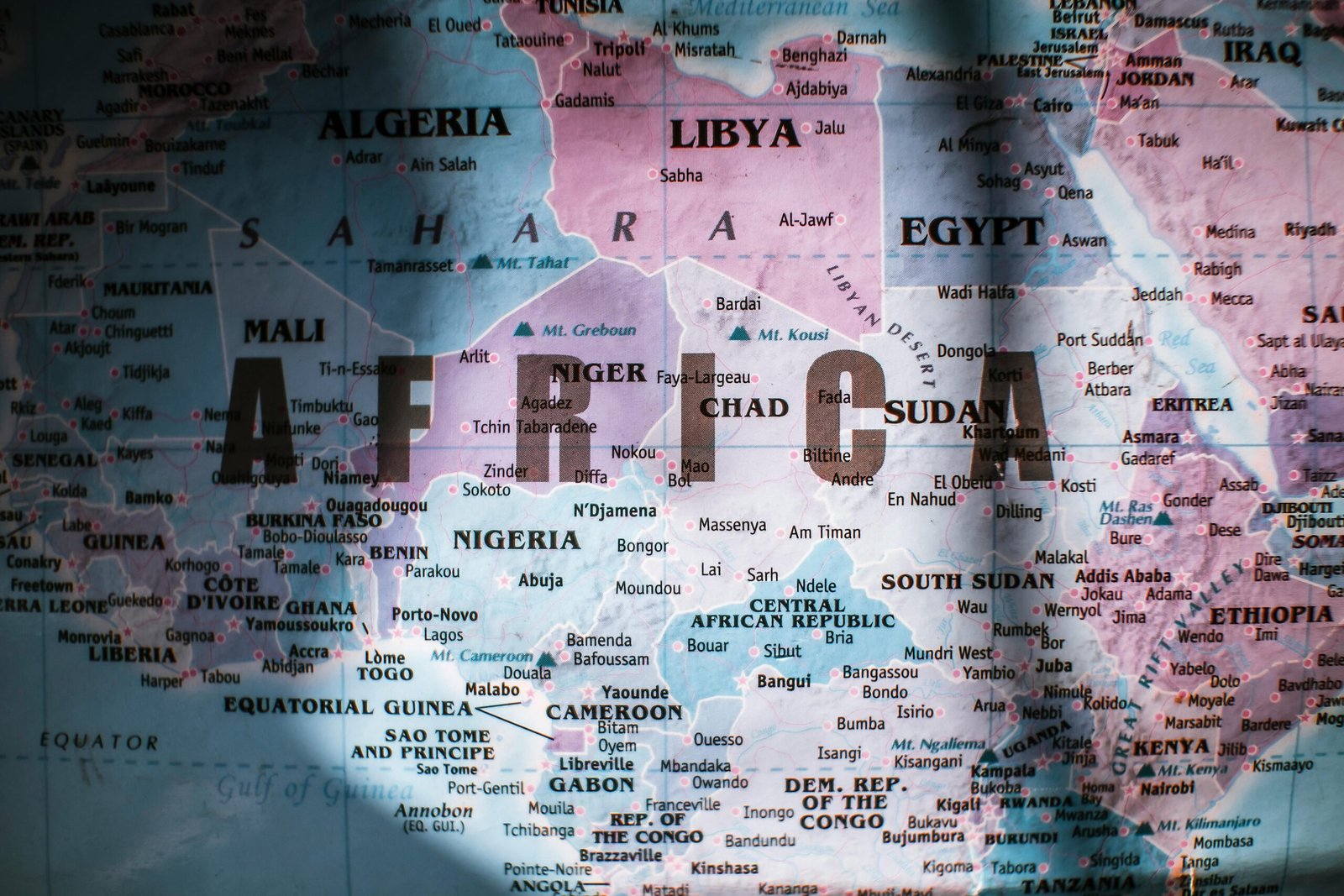
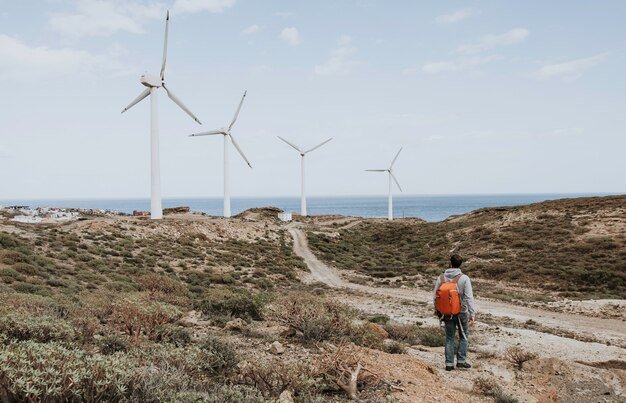
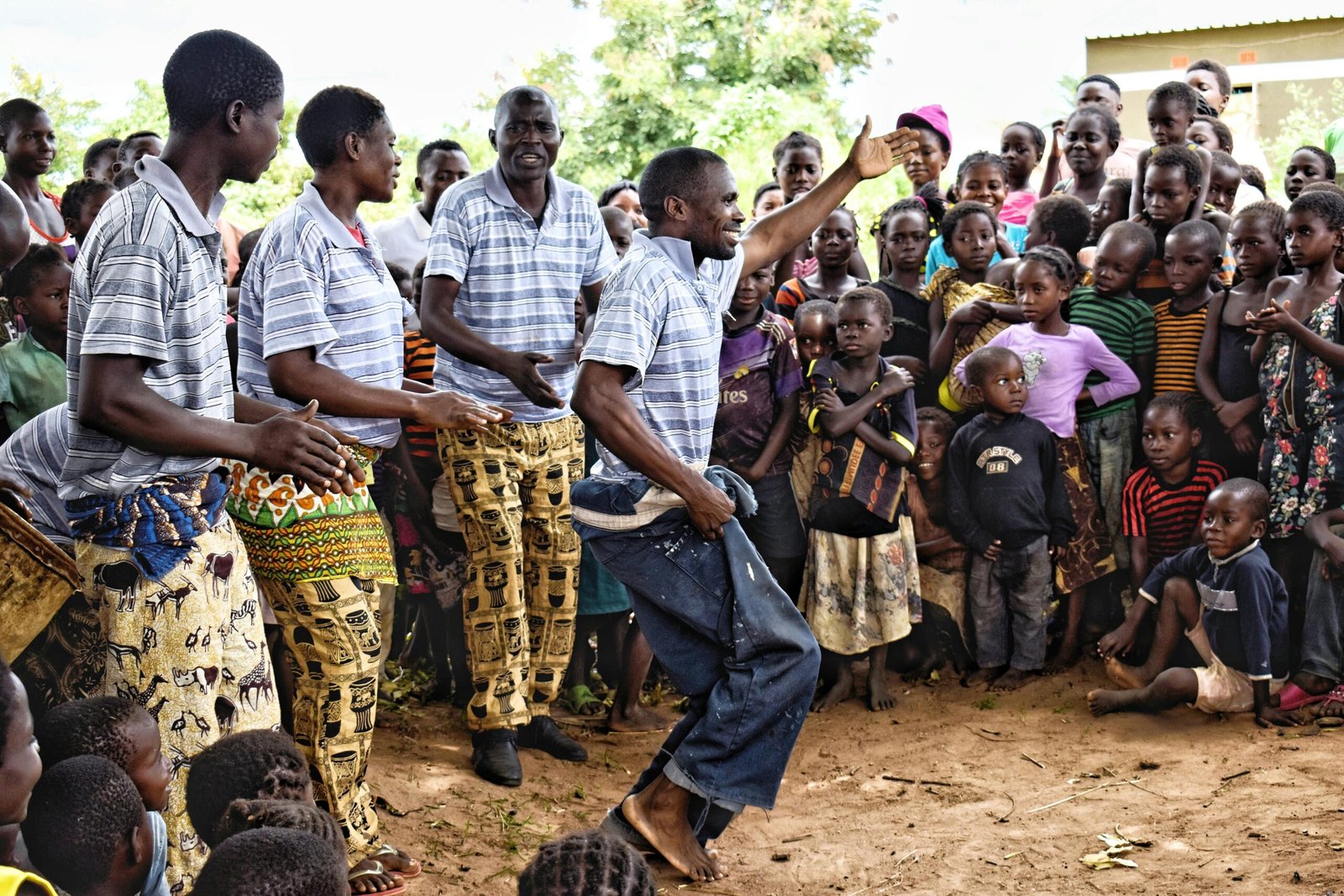


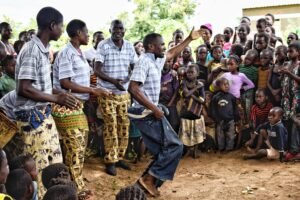

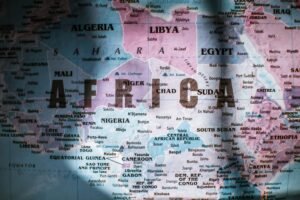
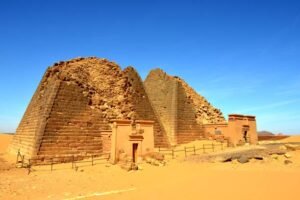
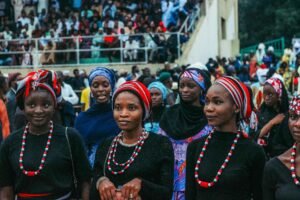

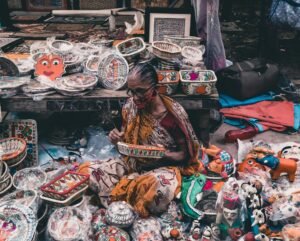


Publicar comentário